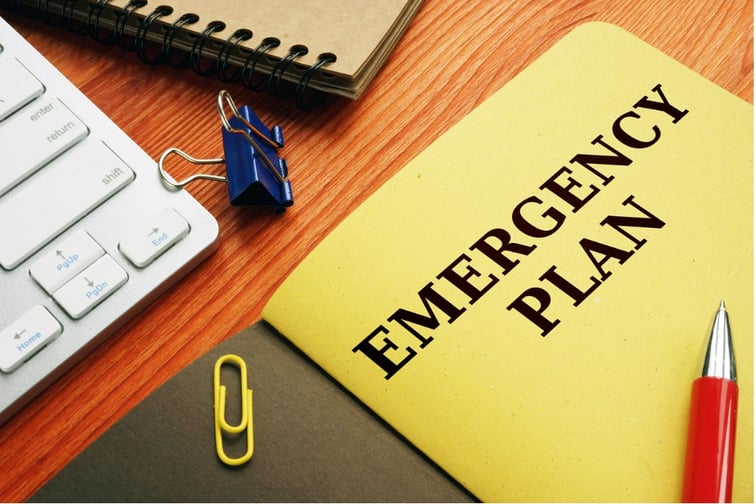

Despite Australia often facing one natural disaster after another, only one in four small businesses have a current business continuity plan, according to the Australian Small Business and Family Enterprise Ombudsman, Bruce Billson.
Last year, the Ombudsman conducted an inquiry at the request of the Australian government after the country faced numerous disasters such as bushfires, drought, floods, and the COVID-19 pandemic. It visited 36 communities to hear directly from small and family businesses impacted by natural disasters. It also conducted an online survey, which attracted more than 2,000 respondents.
“In the aftermath of natural disasters, we typically see massive and heartbreaking clean-up efforts, a lengthy and hard-going recovery, questions asked about how small and family businesses and the communities they are a part of and service will bounce back, and what, if anything, could have been done to better prepare,” Billson said.
The report found that only one in four small businesses have a disaster plan – but preparation is key to “building resilience and coming through natural disasters in the best possible shape.”
“As we have sadly seen too often, natural disasters can cause lasting harm to our enterprising women and men,” Billson said. “Small business creates vitality in our communities, employs two out of every five people with a private sector job and contributes one-third of our GDP, so it is absolutely worth building its resilience.”
Some of the report’s findings and recommendations include:
In many cases, small business owners are operating uninsured, underinsured, or with excesses payable that prohibit them from making a claim due to difficulty accessing affordable insurance. In some communities, insurance is unavailable.
The report calls for addressing this complex market dysfunction, as well as creating an integrated response to disaster risk management for identified disaster-prone areas that incorporates priority access to mitigation expenditure, co-ordinated planning across levels of government, infrastructure hardening, interest-free loans for asset and activity protection and relocation schemes, and possible use of a dedicated reinsurance vehicle.
